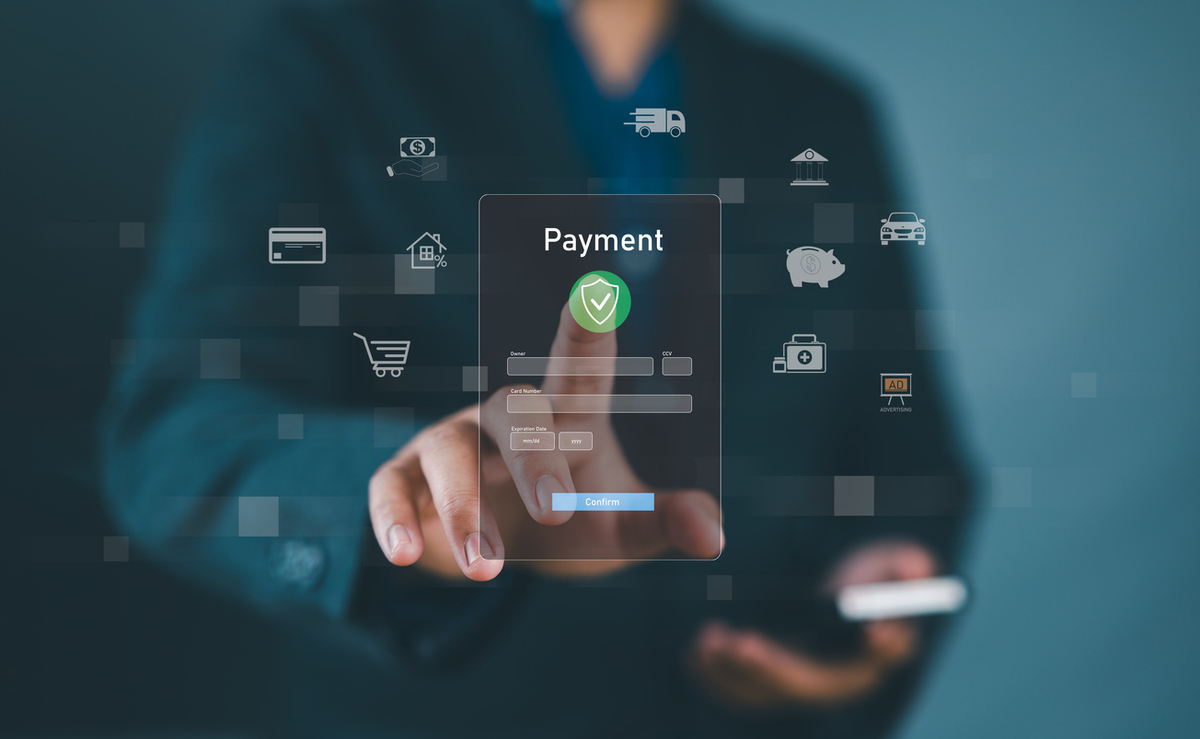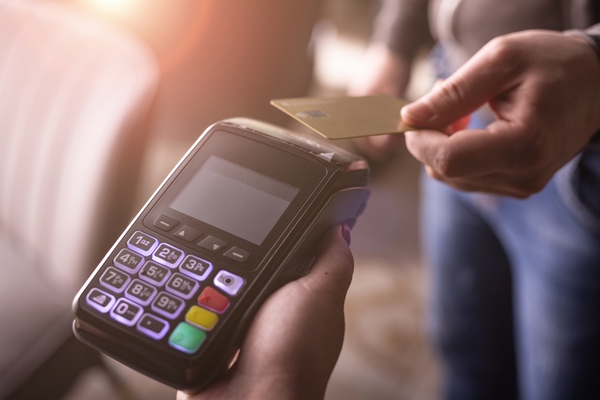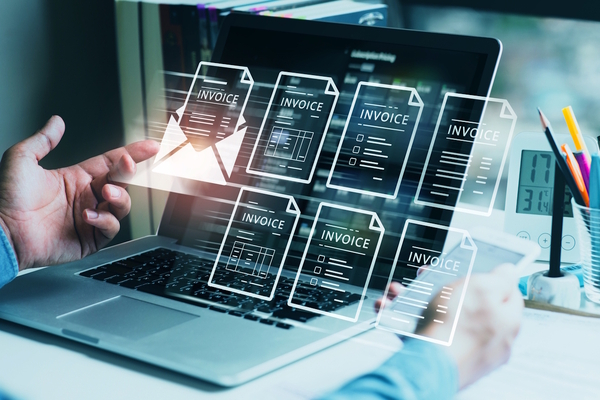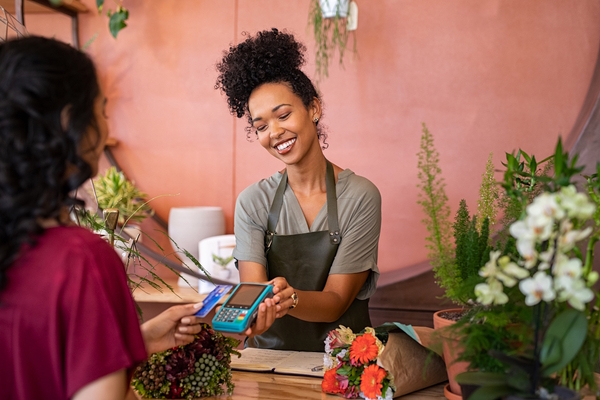Payments disruption roars ahead in 2025
Forrester’s principal analyst Lily Varon on how geopolitical tensions will double alternative payment rails, the decline of cash use and how B2B payments will be a hotbed of activity

It’s been quite a ride for payments in recent years. From 2020 to 2022, the Covid-19 pandemic inspired tumult and innovation in equal measure. In 2023, we battened down the hatches after the groundswell of that innovation. 2024 was about setting businesses apart from competitors after all that change, by leveraging payments technology to wrap value around the payment itself.
So what awaits us in 2025? More fits and starts, and significant disruptions to the status quo.
Geopolitical tensions and wars will double the flow of payments through alternative rails. After Russia invaded Ukraine, both Visa and Mastercard removed Russian transactions from their rails — so Russian banks and payment entities shifted domestic payments to the local Mir payments system. Large B2B transactions, such as oil trading, are already using alternative payment systems such as China’s CIPS and Russia’s SPFS, due to sanctions on major oil-exporting countries.
With more geopolitical tensions and nationalism on the horizon, governments will divert more payments volumes away from global rails towards their local ones to reduce global dependencies and oversight. Global payment companies and banks must decide whether to support local payment rails and diversify offerings, potentially risking sanctions, or focus on core markets.
Cash use globally will fall 40 per cent, displaced by the successful globalisation of UPI and Pix. 2025 will mark an inflection point for markets where cash has been sticky. In 2025, account-to-account and real-time payments will displace cash in Europe and Latin America, especially in countries with younger populations who are open to non-cash payment methods. India’s Unified Payments Interface (UPI) launch in Peru will set off a domino effect in the region, plus a slew of innovation to follow. While pockets of the US are cashless, its broader inability to displace cash usage of the un- and underbanked will hinder its progress.
B2B payments will be a hotbed of M&A activity, fuelled by rate cuts and funding. We expect at least a dozen big companies to acquire smaller B2B payments companies in 2025.
The upside? Business customers will benefit from more orchestrated and consolidated B2B payments solutions in the market. Competition in B2B payments will intensify. For example, think of how accounts payable invoice automation vendors such as Basware, Coupa and Esker are rapidly expanding into B2B payments and pursuing acquisitions. If they move quickly, there are opportunities for bigger companies to find acquisition targets to complement their B2B payments capabilities.
One-click checkout will backfire for one in five merchants, increasing their costs by 30 per cent. Counterintuitively, we expect that consumers will experience more, not less, frustration with resurging one-click checkout (1CC) options.
Why? 1CC options are varied, and compete with many other systems vying to auto-populate data and automate checkout experiences. But not all consumers will have their data up to date with all the many players they’ll encounter at checkout, and will inadvertently place orders with the wrong information auto-filled – or even complete orders before they intend to. As they attempt to rectify these checkout-optimisation efforts gone awry, merchants will incur higher costs for customer service and shipping and logistics.
You can access Forrester’s 2025 Predictions Hub here.

Business Reporter Team
Most Viewed
Winston House, 3rd Floor, Units 306-309, 2-4 Dollis Park, London, N3 1HF
23-29 Hendon Lane, London, N3 1RT
020 8349 4363
© 2025, Lyonsdown Limited. Business Reporter® is a registered trademark of Lyonsdown Ltd. VAT registration number: 830519543





